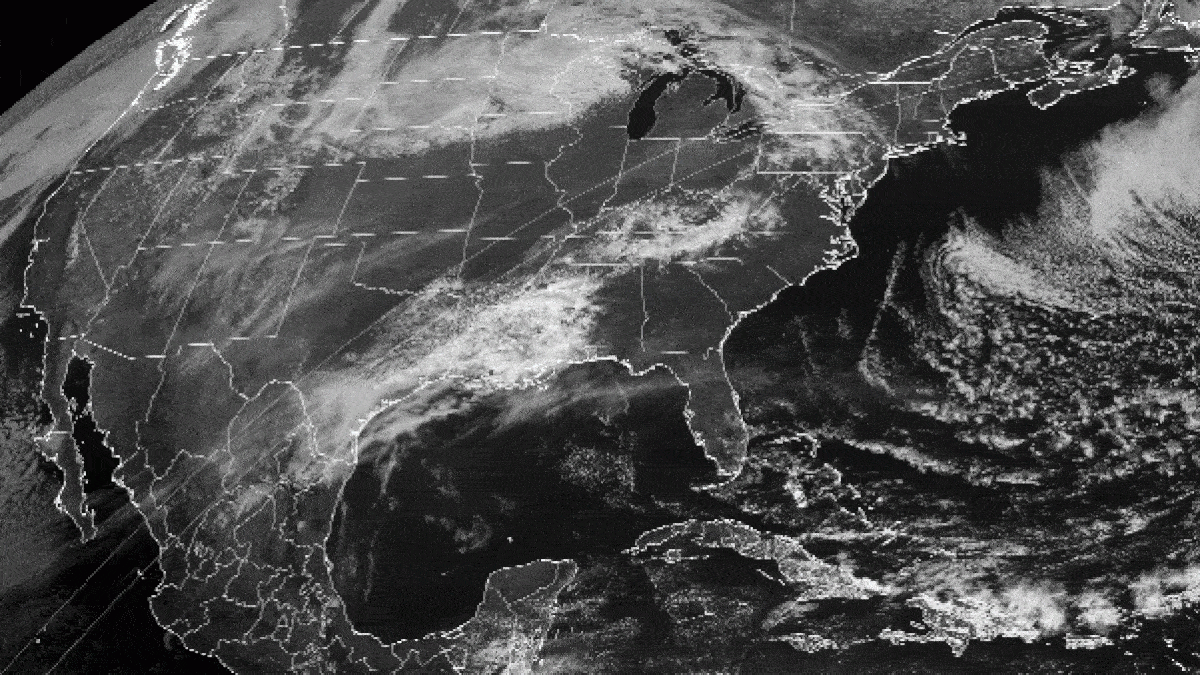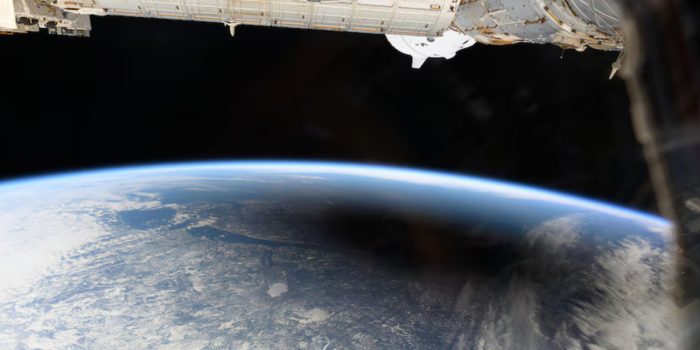On April 8, satellite imagery and astronaut snapshots displayed the moon’s colossal silhouette traversing North America during a total solar eclipse, presenting a breathtaking spectacle of astronomical proportions. Millions of spectators within the eclipse’s trajectory observed the sun briefly obscured by the lunar shadow, experiencing up to 4 minutes and 28 seconds of totality, contingent upon their geographic position.
Despite encountering obstacles such as inclement weather and an unusually subdued solar activity, terrestrial observers captured captivating images of the eclipse, showcasing rare phenomena like “Baily’s beads” and solar prominences. Nevertheless, the aerial panorama offered by space provided a profoundly enhanced outlook.
Thousands of images compiled by the National Oceanic and Atmospheric Administration’s (NOAA) Geostationary Operational Environmental Satellite (GOES-16) depicted the moon’s shadow cascading across the landmass at speeds surpassing 1,500 mph (2,400 km/h), crafting an otherworldly veil of darkness over North America.
Courtesy: NOAA/CIRA/RAMMSB
Concurrently, astronauts aboard the International Space Station (ISS) beheld the eclipse from their distinctive standpoint. A crew member of Expedition 71 captured a remarkable image of the moon’s shadow from roughly 260 miles (418 kilometers) above Earth, as it transitioned from New York state to Newfoundland, Canada. NASA had intricately orchestrated maneuvers for the ISS to intersect the eclipse trajectory while mitigating the risk of space debris, culminating in an approximately 90% totality encounter.

However, limitations prevented astronauts from capturing images of the eclipse itself due to inaccessible sun-facing windows in the Roscosmos section of the station, attributed to cargo constraints. Additionally, a SpaceX Starlink satellite observed the enormous dark patch during the eclipse.
The moon’s shadow, known as the umbra, encompasses the darkest part of the shadow, while also including the penumbra and antumbra regions, creating a wider shadow. Observers within the path of totality experienced the true umbra, while those outside witnessed the penumbra or antumbra, explaining the shadow’s broader appearance in satellite imagery. This celestial event not only mesmerized viewers on Earth but also demonstrated the remarkable capabilities of satellite technology in capturing the wonders of the universe.


